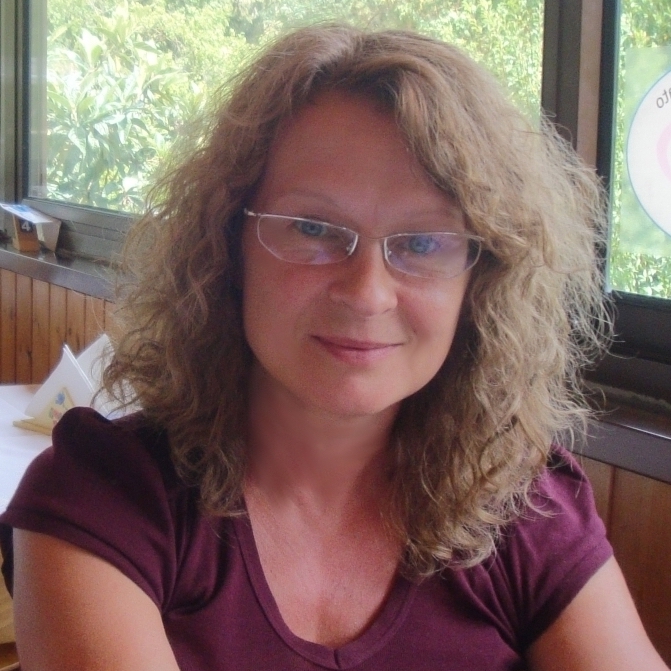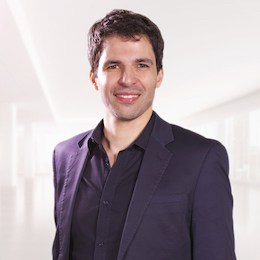Programme
| Tuesday | Wednesday | Thursday | Friday | |
|---|---|---|---|---|
| 09:00 | Registration | Registration | ||
| 09:20 | Opening | |||
| 09:30 | Tutorial - Farhad | Keynote - David | Keynote - Catuscia | Session 4 |
| 10:30 | Coffee break | Coffee break | Coffee break | Coffee break |
| 11:00 | Tutorial - Farhad | Session 1 | Session 3 | Session 5 |
| 12:30 | Lunch (13:00) | Lunch | Lunch | Lunch |
| 14:30 | Doctoral track | Session 2 | ||
| 16:00 | Coffee break | Reception | Social event (15:30) | |
| 16:30 | Doctoral track | |||
| Evening | Social dinner (20:00) |
Online proceedings
Accepted papers
Session 1
(Chair: Kyungmin Bae)
- Component-Based Modeling in Mediator Yi Li and Meng Sun
- A Component-oriented Framework for Autonomous Agents Tobias Kappé, Farhad Arbab and Carolyn Talcott
- Correct Composition of Dephased Behavioural Models Juliana Küster Filipe Bowles and Marco B. Caminati
Session 2
(Chair: Simon Bliudze)
- A Formal Model of Parallel Execution on Multicore Architectures with Multilevel Caches Shiji Bijo, Einar Broch Johnsen, Ka I Pun and Silvia Lizeth Tapia Tarifa
- Guarded Terms for Rewriting modulo SMT (Best paper award) Kyungmin Bae and Camilo Rocha
- On Weighted Configuration Logics Paulina Paraponiari and George Rahonis
Session 3
(Chair: Olga Kouchnarenko)
- Compositional Model Checking is Lively (Best student-paper award) Sander de Putter and Anton Wijs
- Safety analysis of software components of a dialysis machine using model checking Michael Harrison, Michael Drinnan, Jose Creissac Campos, Paolo Masci, Leo Freitas, Costanzo di Maria and Michael Whitaker
- TOM: a Model-Based GUI Testing framework (tool paper) Miguel Pinto, Marcelo Gonçalves, Paolo Masci and José Creissac Campos
Session 4
(Chair: Heike Wehrheim)
- Correctness-by-learning of infinite-state component-based systems Mohamad Jaber, Haitham Bou Ammar and Mohamad Nassar
- The Implementation of Object Propositions: the Oprop Verification Tool Ligia Nistor and Jonathan Aldrich
Session 5
(Chair: Eric Madelaine)
- Certification of Workflows in a Component-Based Cloud of High Performance Computing Services Allberson Dantas, Heron Carvalho and Luis Barbosa
- Fault Localization in Service Compositions Heike Wehrheim
- Coordination of dynamic software components with JavaBIP Anastasia Mavridou, Valentin Rutz and Simon Bliudze
Invited speakers
Catuscia Palamidessi

Biography
Catuscia Palamidessi is the Director of Research at INRIA Saclay, where she leads the team COMETE. She got her PhD from the University of Pisa in 1988. She held Full Professor positions at the University of Genova, Italy (1994-1997) and at the Pennsylvania State University, USA (1998-2002). Catuscia Palamidessi's research interests include Privacy, Secure Information Flow, and Concurrency. Her past achievements include the proof of expressiveness gaps between various concurrent calculi, and the development of a probabilistic version of the asynchronous pi-calculus. More recently, she has contributed to establish the foundations of probabilistic secure information flow, she has proposed an extension of differential privacy, and geo-indistinguishability, an approach to location privacy.Presentation at FACS 2017
Enhancing Security via Protocol Composition
- Setting: Quantitative Information Flow. Inference attacks using correlation between secret observables.
- Defense: The system designer can reduce the correlation secret-observables via protocol composition (typically randomized).
- Active Adversary: may interact with the system and increase the correlation secret-observables.
- We formalize the interplay between defender and attacker in Game Theory.
- Optimal strategy for composition: Saddle points / Nash equilibria. Convex analysis.
David Costa

Biography
David Costa is the CTO at NewMotion in Amsterdam, and a research member at CWI in Amsterdam at the Foundations of Software Engineering group. He has a Software Engineering and Computer Science education background and received his PhD in Computer Science in 2010 from Vrije Universiteit, Netherlands. His research interests include areas of large scale distributed systems, Immutable infrastructure design, loosely coupled architectures, and cloud computing. Furthermore, David has 10 years of large-scale systems engineering experience, and 5 years of business management responsibilities as the CTO and Head of R&D at Fredhopper in Amsterdam.Unfortunately this keynote talk was cancelled the day before. The speaker was unable to fly to Portugal because of a large strike in France, affecting all flights flying over France.
Invited Lecturer
Farhad Arbab

